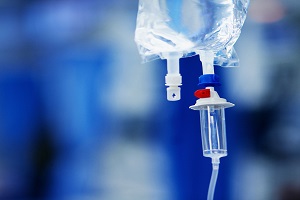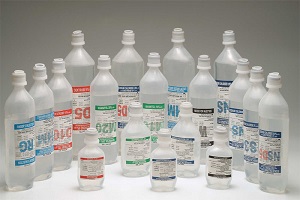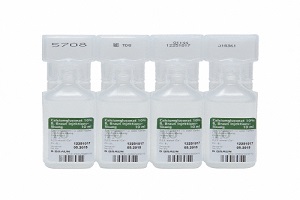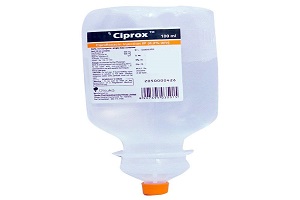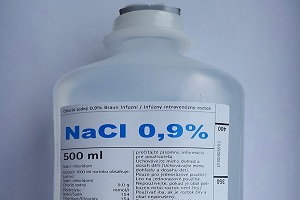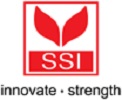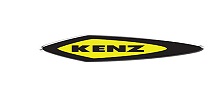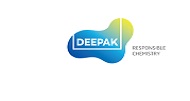Get a Project Report
Top Lucrative Business Ideas for Startups
INTRAVENOUS (IV) FLUID:
The global intravenous fluid market is expected to increase at a compound annual growth rate of 7.9%. (CAGR). Intravenous (IV) solutions are liquids that are injected into a patient’s venous circulation, and their purpose is to keep patients hydrated when they are severely dehydrated. These are sterile fluids, which are made by mixing particular substances, fluids, or products with sterile water to make a solution to administer to the patient. Many sectors produce such items on their own, and the intravenous (IV) solution market offers a wide range of intravenous solutions. Chronic diseases have been more common in recent years, and the prevalence of these diseases is driving the intravenous solutions market expansion to a greater level. In the coming years, malnutrition, particularly among the elderly as a result of chronic diseases such as cancer, is projected to boost demand for IV therapies. These treatments are now available in portable containers, making it easier for patients to use the drips at home rather than in a hospital. Furthermore, developing countries such as India and China are increasing their healthcare investment, which is likely to boost demand for intravenous solutions. Additionally, producers are developing new product innovations such as premixed solutions for greater convenience and to reduce packaging waste.
TYPES:
- Normal Saline (NS, 0.9NaCl, or NSS)
- Lactated Ringers (LR, Ringers Lactate, or RL)
- Dextrose 5%
- Normal Saline (Half Normal Saline, 0.45NaCl, .45NS)
- IV Fluids & Dialysis products – LVP/SVP Volume Parenterals
NORMAL SALINE
Using normal saline for parenteral administration is the quickest and most efficient way to infuse a diarrheal patient’s body with necessary fluids and prevent imminent mortality. Saline, a 0.9 percent sodium chloride solution widely used in healthcare facilities across the world, contains the basic components required to reboot a dehydrated body. According to the World Health Organization (WHO), diarrhoea is the second leading cause of death in children under the age of five, killing around 525,000 children under the age of five each year.
LACTATED RINGERS
Lactated Ringer’s solution is an intravenous solution that is isotonic with blood. Veterinary administration through subcutaneous injection is also an option.
DEXTROSE SOLUTION:
Dextrose is also called as glucose, as they are chemically identical. It plays a vital role in providing energy to body cells. Dextrose injection is a non-pyrogenic and sterile solution for caloric supply and fluid replenishment by a single dose. Route of administration of dextrose injection is intravenous i.e. into the vein. Dextrose injection dosage is determined by the patient’s weight, age, and clinical condition. Dextrose 5% in water is injected into a vein to replenish lost fluids and deliver carbs to the body. Hypoglycemia (low blood sugar), insulin shock, and dehydration are all treated with 5% dextrose in water (fluid loss). Dextrose is a type of carbohydrate found in food. The body is nourished by a solution of dextrose, amino acids, and lipids. Total parental nourishment is the term for this. Hyperkalemia is a condition in which potassium levels are too high. Dextrose solution (50%) is given to those who have it. The global dextrose solution market is predicted to grow at a rate of 5.7 percent over the next five years.
PHARMACEUTICAL INDUSTRY IN INDIA
India is the leading supplier of generic medications in the world. More than half of global demand for vaccines is met by the Indian pharmaceutical industry, which also supplies 40% of generic demand in the United States and 25% of all pharmaceuticals in the United Kingdom. India is the world’s third-largest volume producer and fourteenth-largest value manufacturer of pharmaceuticals. The domestic pharmaceutical sector is made up of 3,000 medicinal firms and 10,500 production units.
GLOBAL PHARMACEUTICAL INDUSTRY:
The pharmaceutical industry is in charge of medication research, development, production, and distribution. The market has developed dramatically during the last two decades. The continued expenditures of pharmaceutical and outsourcing businesses in expanding their manufacturing facilities have had a positive impact on market growth. Over the next five years, the worldwide pharmaceutical manufacturing business is expected to grow at a CAGR of 13.74 percent. The continued expenditures of pharmaceutical and outsourcing businesses in expanding their manufacturing facilities have had a positive impact on market growth. The pharmaceuticals market is made up of companies that produce drugs to treat illnesses and sell drugs and related services. This industry includes businesses that produce biologics and pharmaceutical drugs. The pharmaceutical sector creates drugs to diagnose, cure, treat, or prevent diseases, infections, and injuries. Various rules and regulations that pertain to medications involve patenting, testing, safety, efficacy, and marketing. Active pharmaceutical ingredients (API) and excipients are used by pharmaceutical manufacturers to generate their products.
TOP PLAYERS WORLDWIDE:
- Baxter
- Eurolife
- Fresenius Kabi
- Braun Melsungen AG
- Grifols S.A
- Pfizer

